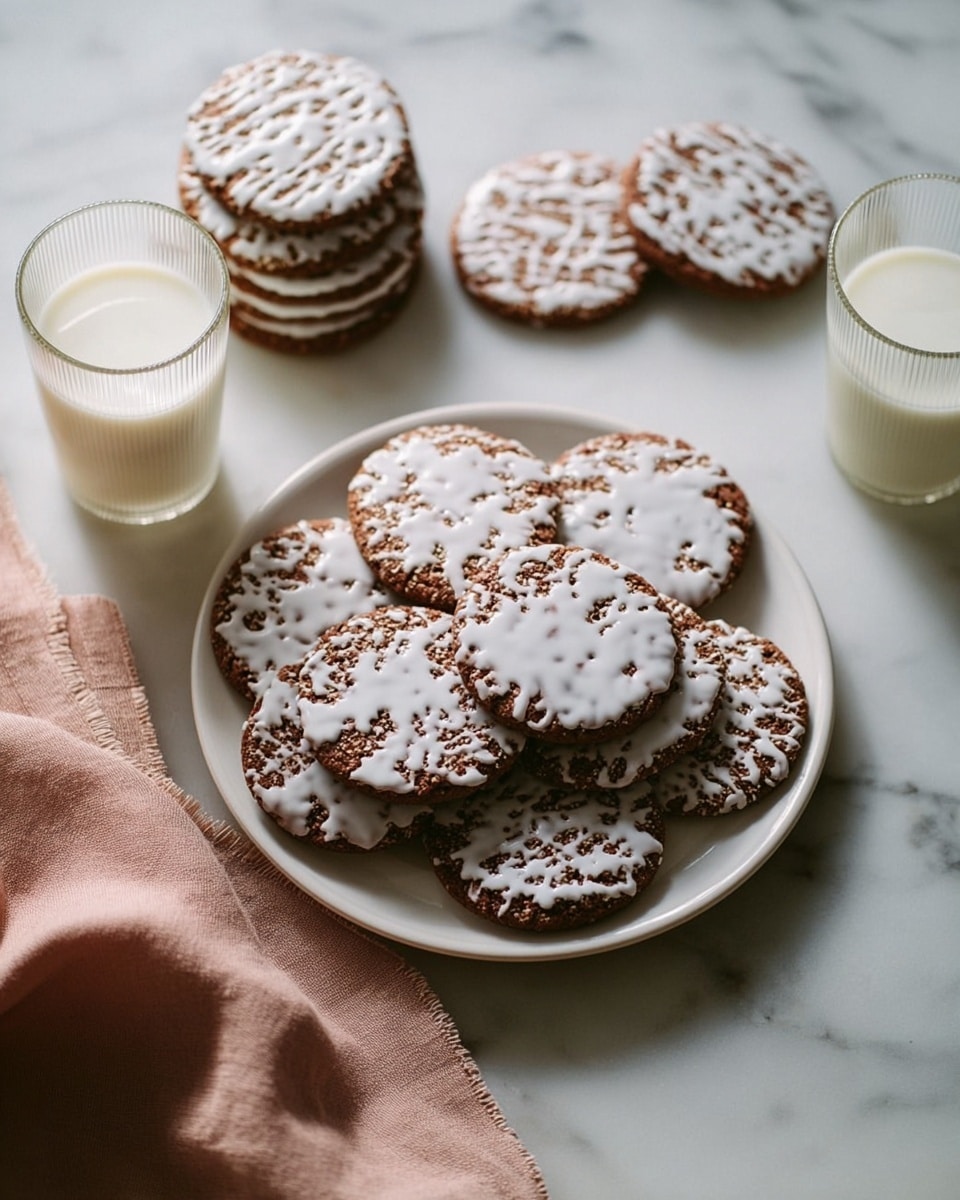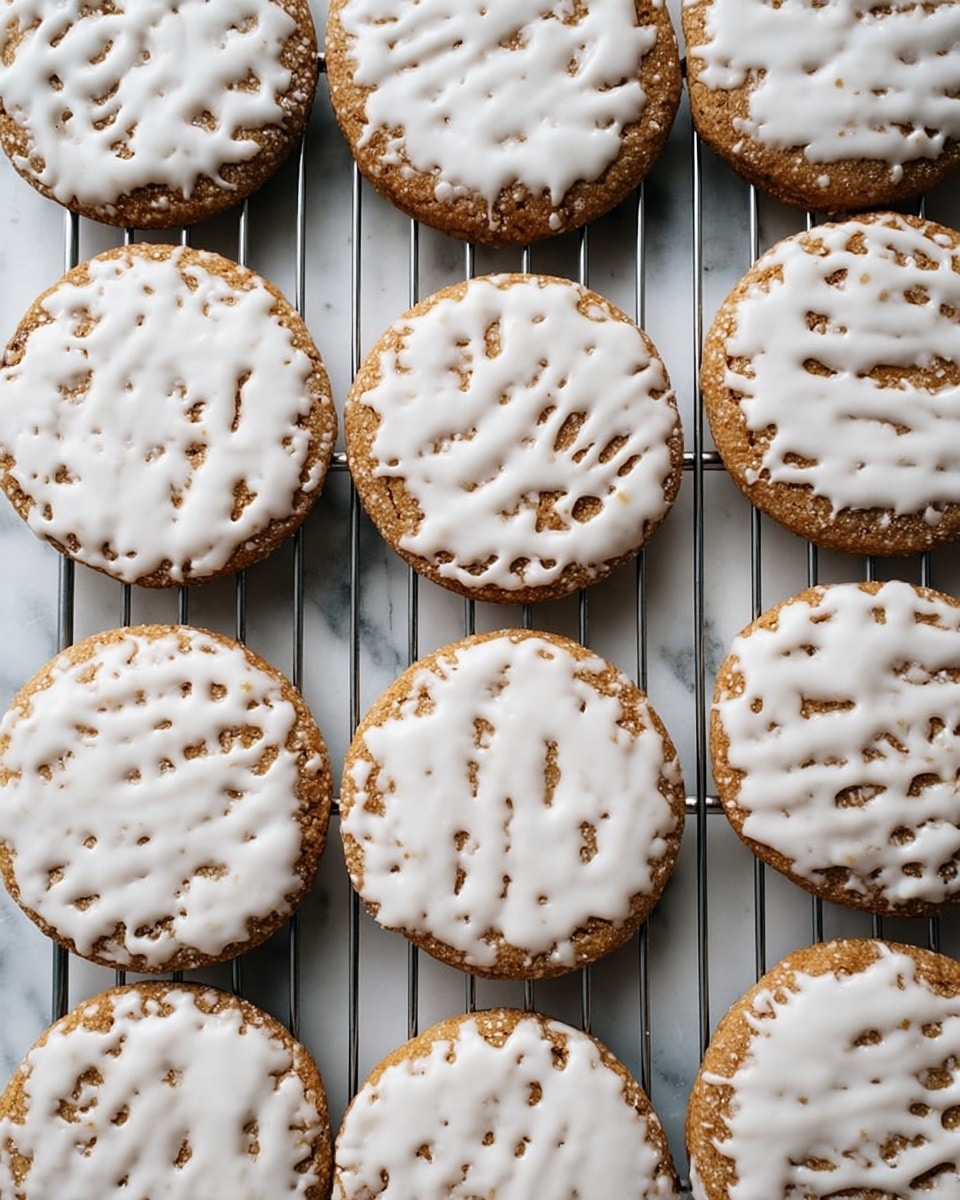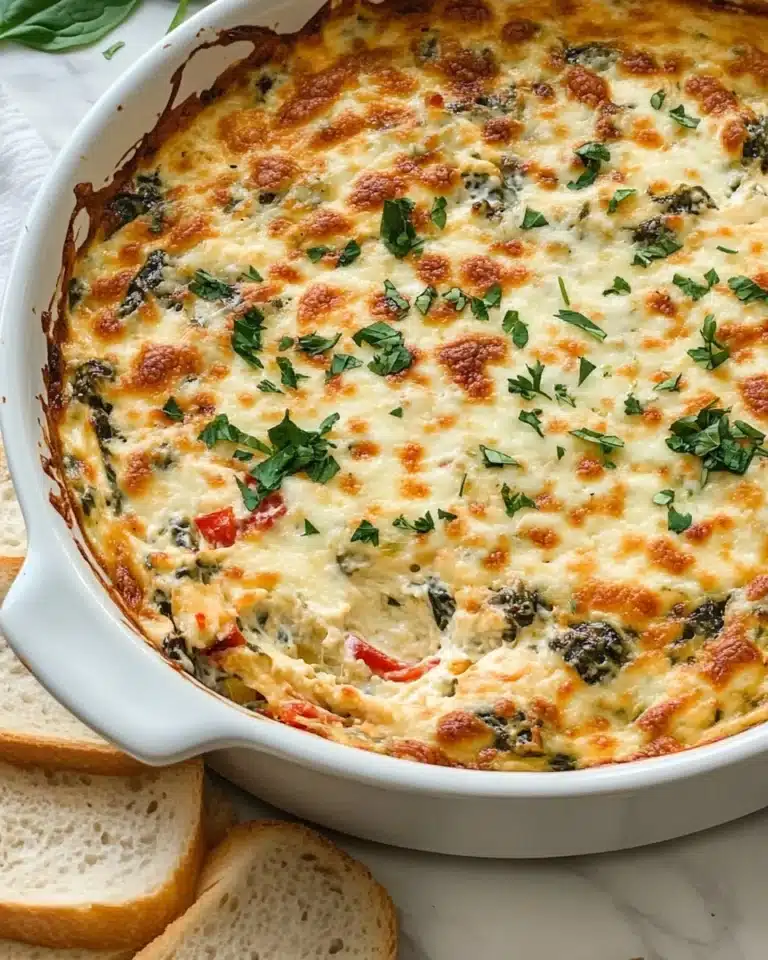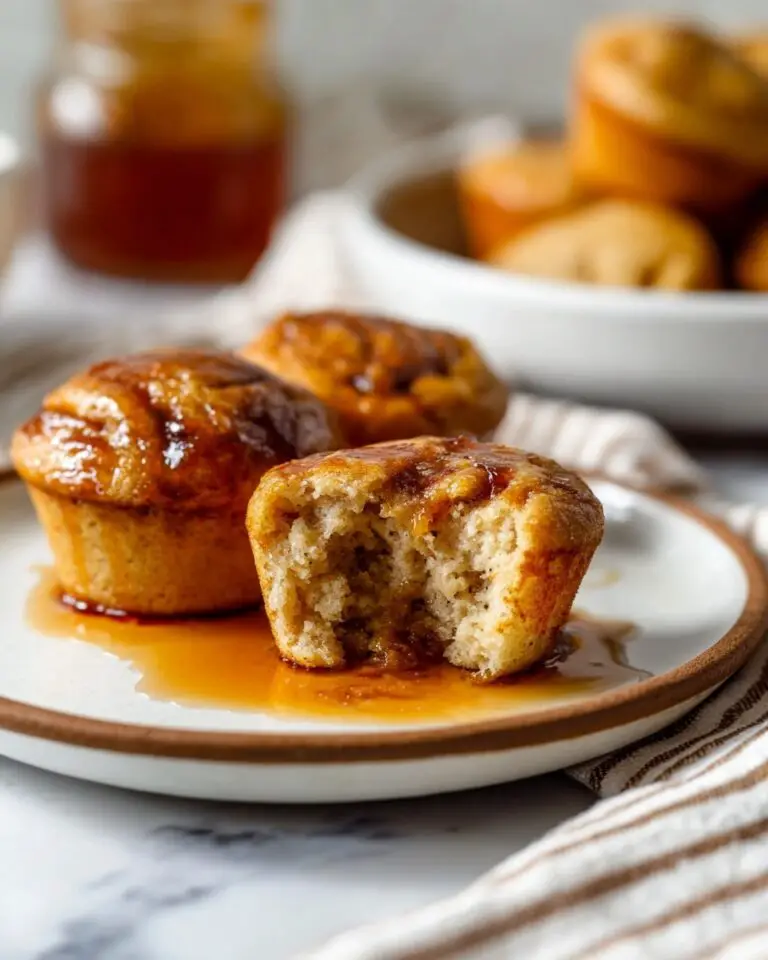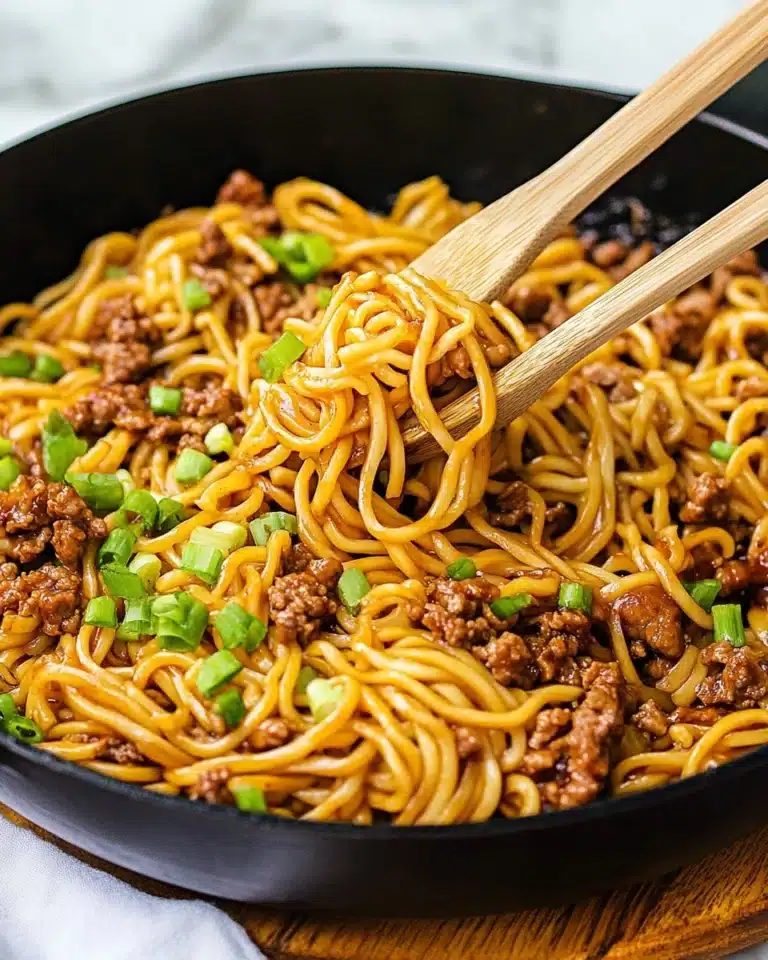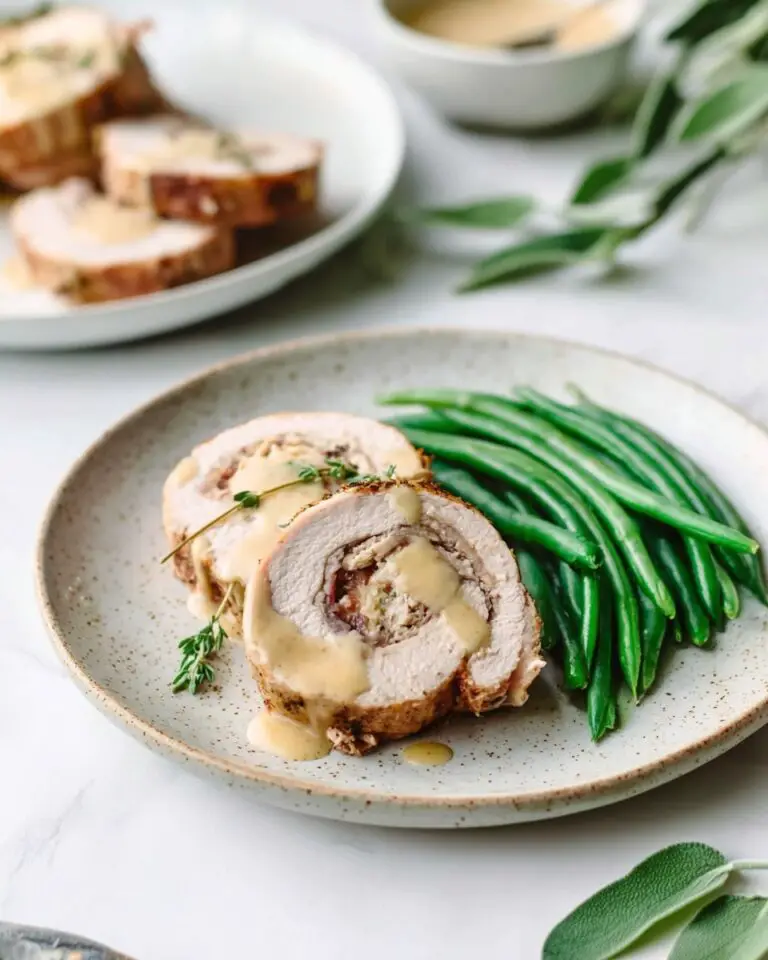I love sharing this Iced Oatmeal Cookies Recipe because it’s a perfect blend of chewy oats and a delicate, sweet glaze that just melts in your mouth. When I first tried this recipe, I quickly realized it’s the kind of cookie that feels both comforting and a little fancy — great for any occasion, whether it’s an afternoon coffee break or a holiday gathering. You’ll find that the icing adds just the right amount of sweetness and texture, without overpowering the hearty oatmeal base.
This recipe works wonderfully if you want a cookie that’s not too sweet but packed with warm flavors like cinnamon and nutmeg. Plus, the dough is super easy to prepare, especially with a food processor, making it a great option even if you don’t consider yourself a baker. Trust me, once you make these iced oatmeal cookies, they’ll be a staple you come back to again and again.
Why You’ll Love This Recipe
- Simple Ingredients: Uses pantry staples you probably already have, so no extra shopping trips needed.
- Easy Preparation: With the food processor, the dough comes together quickly and effortlessly.
- Perfect Texture: Chewy oats meet a crisp edge with a smooth, glossy icing finish.
- Great for Any Occasion: Whether casual or festive, these cookies fit right in.
Ingredients You’ll Need
Each ingredient in this Iced Oatmeal Cookies Recipe plays a key role in flavor and texture — from the hearty oats to the warm spices and the buttery richness. I always recommend using good-quality brown sugar and fresh spices to get the best results.
- Old-fashioned rolled oats: Provides that classic chewy oatmeal texture; quick oats won’t give the same bite.
- Brown sugar: Adds moisture and a deep sweetness; I prefer dark brown sugar for richer flavor.
- All-purpose flour: Gives just enough structure without making the cookies tough.
- Kosher salt: Balances sweetness and enhances all the flavors.
- Baking soda and baking powder: Help the cookies rise slightly and get that tender crumb.
- Ground cinnamon and freshly grated nutmeg: Essential warm spices that bring the cookies alive.
- Cold unsalted butter: Cubed and chilled, it creates the perfect flaky texture.
- Egg yolk: Adds richness and helps bind the dough together.
- Egg white: For the icing, it helps achieve a smooth, glossy finish.
- Powdered sugar: The base of the sweet icing, sifted for smoothness.
- Pure vanilla extract: Elevates the icing with a lovely aroma and subtle depth.
Variations
One thing I love about this Iced Oatmeal Cookies Recipe is how easy it is to make your own. I often tweak the spices or swap out add-ins depending on the season or what I have on hand.
- Adding raisins or chopped nuts: I’ve added these occasionally to give the cookies a bit more texture and natural sweetness, and my family goes crazy for it.
- Using gluten-free oats and flour: Perfect if you’re gluten-sensitive; just make sure your oats are certified gluten-free.
- Spicing it up: Sometimes I like to add a pinch of ground ginger or cardamom for an extra cozy twist that pairs beautifully with the cinnamon and nutmeg.
- Chocolate icing: For celebrations, I’ve swapped vanilla icing for a light chocolate glaze to make them extra special.
How to Make Iced Oatmeal Cookies Recipe
Step 1: Grind and Combine Your Base Ingredients
Start by grinding the oats in your food processor until they resemble a coarse flour. This is a little trick I discovered that ensures the cookies have a pleasant texture without being too dense. Then, add the brown sugar, all-purpose flour, salt, baking soda, baking powder, cinnamon, and nutmeg. Pulse just a few times to mix everything evenly – you don’t want to over-process and lose that slightly rustic bite.
Step 2: Incorporate the Butter and Egg Yolk
Add the cold butter cubes into the mixture and pulse until the butter breaks down and the dough starts to hold together. You’ll see it clump and pull away from the sides of the bowl — that’s your cue that you’re on the right track. Adding the egg yolk last binds the dough perfectly while keeping it tender. If you don’t have a food processor, you can carefully cut in cold butter by hand, but the processor definitely saves time.
Step 3: Chill the Dough for Best Results
This step is key! Shape the dough into a log and wrap it tightly in plastic wrap before refrigerating for about 3 hours until firm. When I first tried this recipe, I underestimated this chilling time and ended up with cookies that spread too much. The chill helps the dough hold its shape during baking, so don’t skip it or shorten it if you want picture-perfect rounds.
Step 4: Slice and Bake with Care
Preheat your oven to 350°F (175°C) and line your baking sheets with parchment paper. Use a sharp, thin knife to slice the dough log into even rounds just under ½ inch thick. Spacing the rounds evenly will help them bake evenly without sticking together. Bake them for about 12 minutes until golden on the edges but still soft in the center — they’ll continue firming up as they cool, so don’t overbake!
Step 5: Whip Up the Icing and Frost Each Cookie
Mix the egg white, powdered sugar, vanilla extract, and salt with an electric mixer until thick and glossy. I like to add just a teaspoon of water here to get a good dipping consistency. When icing, lightly kiss the top of each cookie with the glaze — just enough to coat without submerging. Let the excess drip off before setting them on a wire rack to dry. If your icing firms too quickly, a few drops of water will loosen it back up, making the dipping process easier.
Pro Tips for Making Iced Oatmeal Cookies Recipe
- Use Cold Butter: It’s the secret to perfect texture — warm butter will make the dough too soft and spread during baking.
- Don’t Skip Chilling: Chilling firms the dough and prevents cookies from becoming flat and greasy.
- Measure Flour Properly: Spoon and level the flour to avoid dense cookies — this little step makes all the difference.
- Dip Quickly: When icing, work fast before the glaze thickens to get a smooth, shiny finish on each cookie.
How to Serve Iced Oatmeal Cookies Recipe
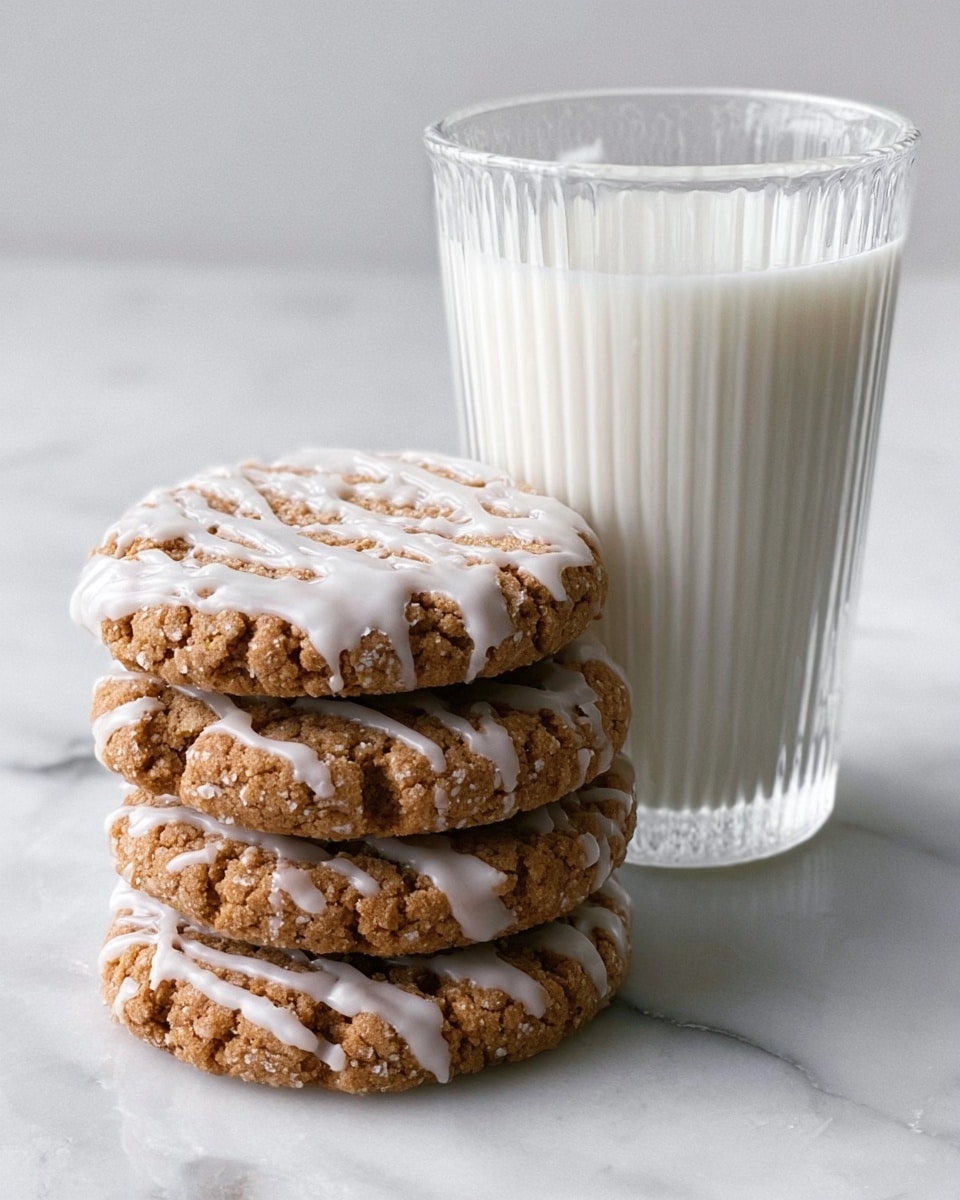
Garnishes
I love keeping it simple with a smooth glaze, but for a little extra sparkle, sometimes I sprinkle a bit of finely grated orange zest on top of the icing — it adds a lovely fresh brightness. Another favorite is a tiny dusting of cinnamon or a few toasted oat flakes for texture. These small touches make them feel extra special without adding fuss.
Side Dishes
These iced oatmeal cookies pair beautifully with a cup of black coffee or chai tea — the spices in the cookie complement those warm, cozy drinks perfectly. For cooler weather, I often serve them alongside a mug of homemade hot cocoa or even a glass of cold milk for a classic treat that everyone enjoys.
Creative Ways to Present
For special occasions, I’ve arranged these cookies on a platter amidst fresh cranberries and sprigs of rosemary to add festive color and aroma. Another fun idea is placing them in clear cellophane bags tied with twine or ribbon for easy gifting. If you’re hosting a cookie exchange, stacking them with parchment paper in between keeps them looking pretty and intact.
Make Ahead and Storage
Storing Leftovers
I always store these cookies in an airtight container at room temperature to keep their texture just right — chewy with crisp edges. They stay fresh for up to a week, but in my house, they rarely last that long! Keeping them in a single layer or separating layers with parchment paper prevents them from sticking together.
Freezing
If I want to prepare a batch ahead of time, I freeze the chilled dough log wrapped tightly in plastic wrap, which makes slicing and baking on demand super convenient. You can also freeze fully baked and iced cookies by layering them between sheets of parchment in a freezer-safe container for up to 2 months.
Reheating
For baked cookies that have been frozen, I thaw them at room temperature and then pop them in a preheated oven at 300°F for 3-5 minutes to refresh the texture. Avoid reheating iced cookies in the microwave as it can melt the glaze and make a mess. This gentle oven warm-up keeps them tasting just-baked.
FAQs
-
Can I use quick oats instead of rolled oats for this Iced Oatmeal Cookies Recipe?
Quick oats aren’t ideal here because they are more finely processed and will create a different texture — the cookies may turn out too soft or crumbly rather than chewy. Using old-fashioned rolled oats gives you that perfect wholesome bite and structure in the dough.
-
Is it safe to eat the icing made with raw egg white?
Because the icing contains raw egg white, there is a slight risk associated with consuming raw eggs. To reduce this risk, I suggest using pasteurized egg whites or egg white powder if you have it. Alternatively, you can omit the icing or use a powdered sugar glaze made with milk or water.
-
How do I prevent my cookies from spreading too much while baking?
Chilling the dough thoroughly before slicing and baking is the best way to prevent spreading. Using cold butter and measuring the flour carefully also helps maintain the cookie’s shape. Baking at the right temperature (350°F) ensures they set quickly without excessive spreading.
-
Can I make these cookies vegan or dairy-free?
You can try substituting the butter with a firm plant-based butter alternative and using an egg replacer for the yolk. For the icing, use a powdered sugar glaze without egg white. The texture and flavor might differ slightly, so some experimentation may be necessary to get it just right.
Final Thoughts
This Iced Oatmeal Cookies Recipe has become one of my go-to treats for both everyday indulgence and special gatherings. I appreciate how straightforward it is, yet the results feel homemade and elegant — a rare combo! I hope you enjoy making and sharing these cookies as much as I do; they really bring a little warmth and sweetness into the kitchen every time.
Print
Iced Oatmeal Cookies Recipe
- Prep Time: 20 minutes
- Cook Time: 12 minutes
- Total Time: 3 hours 32 minutes
- Yield: 30 cookies
- Category: Dessert
- Method: Baking
- Cuisine: American
- Diet: Vegetarian
Description
These Iced Oatmeal Cookies combine the wholesome texture of rolled oats with warm spices and a delicate vanilla icing for a delightful sweet treat. The dough is made in a food processor, chilled for firmness, then sliced and baked to golden perfection. Finished with a thin, glossy icing made from egg white and powdered sugar, these cookies offer a perfect balance of chewy and crisp with a sweet glaze on top.
Ingredients
Dough:
- 1 1/2 cups / 150g old-fashioned rolled oats
- 3/4 cup / 170g firmly packed dark or light brown sugar
- 1/2 cup / 64g all-purpose flour, spooned and leveled
- 1/2 teaspoon kosher salt
- 1/2 teaspoon baking soda
- 1/4 teaspoon baking powder
- 1/2 teaspoon ground cinnamon
- 1/4 teaspoon freshly grated nutmeg
- 1/2 cup / 113g cold unsalted butter, cut into cubes
- 1 large egg yolk
Icing:
- 1 large egg white
- 1 1/4 cups / 150g powdered sugar
- 1/4 teaspoon pure vanilla extract
- 1/8 teaspoon kosher salt
Instructions
- Make the Dough: In a food processor fitted with a steel S blade, grind the rolled oats into a fine flour. Add brown sugar, all-purpose flour, kosher salt, baking soda, baking powder, ground cinnamon, and freshly grated nutmeg. Pulse briefly to combine. Add the cold unsalted butter cubes and process until the mixture resembles coarse crumbs and begins to clump together. Add the egg yolk and pulse a few more times until the dough forms a cohesive mass with no dry spots.
- Shape and Chill the Dough: Turn the dough out onto a large sheet of plastic wrap. Shape it into a log approximately 10 inches (25 cm) long and 1 1/2 inches (3.8 cm) in diameter. Wrap it tightly with the plastic wrap and refrigerate for about 3 hours until firm.
- Preheat and Prepare Baking Sheets: Place an oven rack in the center and preheat the oven to 350°F (175°C). Line two baking sheets with parchment paper.
- Slice and Bake the Cookies: Using a thin, sharp knife, slice the chilled dough log into about two dozen rounds, each just under 1/2 inch (1.25 cm) thick. Arrange the rounds on the prepared baking sheets spaced about 2 inches (5 cm) apart. Bake for approximately 12 minutes until the edges are golden and firm but the centers still have a slight softness. Transfer cookies to wire racks to cool completely; they will firm up as they cool.
- Prepare the Icing: In a small bowl, whisk together egg white, powdered sugar, pure vanilla extract, and kosher salt using a handheld electric mixer until the icing is smooth, thick, and glossy. Add 1 teaspoon of water to loosen the consistency to smooth dipping texture.
- Ice the Cookies: Working one cookie at a time, gently kiss the top of each cookie into the icing without fully submerging it. Allow excess icing to drip off before placing the cookie back on the wire rack. If the icing thickens while dipping, add a few drops of water to loosen it. Let the icing dry completely, about 1 hour, before serving.
- Storage: Store the iced cookies in an airtight container at room temperature for up to 1 week to maintain freshness.
Notes
- Store these cookies in an airtight container for up to 1 week to preserve freshness and texture.
- Equipment needed includes a food processor, sharp paring knife, electric hand mixer, parchment paper, and baking sheets.
- Ensure the dough is well chilled before slicing to maintain shape and texture during baking.
- If the icing hardens while decorating, add a few drops of water to adjust consistency.
Nutrition
- Serving Size: 1 cookie
- Calories: 95
- Sugar: 6g
- Sodium: 67mg
- Fat: 4g
- Saturated Fat: 2.5g
- Unsaturated Fat: 1.5g
- Trans Fat: 0g
- Carbohydrates: 13g
- Fiber: 1g
- Protein: 1g
- Cholesterol: 15mg

